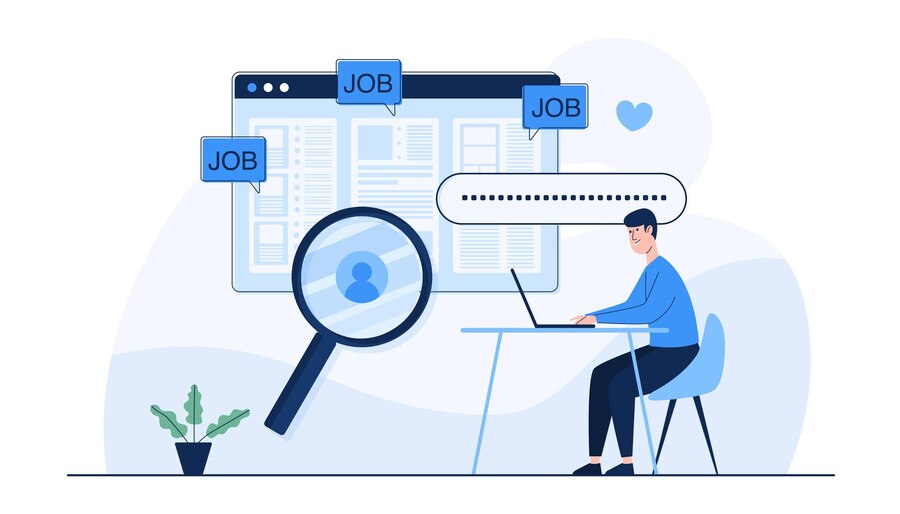Animated Insights: Enhancing Education through Science Animation
In the ever-expanding world of science, effective communication is important. You need to communicate complex ideas to curious minds (students or target audience) effectively when conveying scientific knowledge. This is where science animation, such as 3D animation for education, can prove very effective.
As a matter of fact, you can better communicate scientific concepts if you use animated content for the same purpose. Put differently, animated content can help enhance scientific education. In this post, we shall talk about it in detail. Eventually, it will help you understand the potential of animated content for communicating scientific knowledge effectively.
How Can Scientific Animation Enhance Education?
Relying on animation to educate your audience about scientific ideas and concepts can prove beneficial in a number of ways. Moreover, we have shared below the reasons concerning how animated content enhances science education:
1. Increased Engagement
Animated content, such as explainer videos, can bring scientific ideas and concepts to life through fascinating visuals. At the same time, it creates dynamic and immersive experiences for your viewers.
In addition, you can effectively capture viewers’ attention with enhanced engagement via animated explainers, unlike static visual representations. Using vibrant colors, fluid motion, and breathtaking designs in your animated videos for scientific education, you can accomplish that.
Furthermore, the dynamic nature of animated explainers communicates scientific ideas and phenomena in a visually compelling way for the audience.
2. Simplified and Clarified
More often than not, it proves challenging to communicate intricate scientific concepts to a wider audience. This is also where scientific animations can prove very helpful, as they can simplify such concepts with enhanced clarification. Most importantly, animations can help viewers easily digest scientific information via their comprehensive visual narratives.
Animations, such as explainers, allow you to use metaphors, analogies, and visual illustrations. So, you can break down complex ideas into easily digestible pieces of information via animations to effectively communicate scientific information.
3. Storytelling Potential to Connect
One of the strengths of animated content is its storytelling ability to effectively connect with the viewers. By the same token, you can easily integrate storytelling techniques into your scientific animation to engagingly connect with your audience. In fact, it will allow you to connect with your audience emotionally to communicate scientific topics.
Additionally, you can use characters, conflicts, etc., in animations to make scientific concepts more relatable and memorable for your audience. Overall, a narrative-driven approach to science education will leave a long-lasting impression on your audience with enhanced understanding and appreciation.
4. Flexible and Creative
When it comes to animations, such as animated explainer videos, possibilities are endless. Moreover, you can take advantage of it to effectively communicate scientific knowledge to your target audience, such as students. For example, you can use personalized graphics, characters, and settings in your videos befitting your target audience besides your topic.
Put differently, you can use the flexibility of animation to your advantage to creatively convey scientific knowledge to the audiences. Besides, the creative freedom that animations offer uncovers elating opportunities for you to capture viewers’ attention and convey information effectively.
5. Accessibility and Massive Reach
Today, we have entered into a digital era where your educational animation can easily reach a wider audience. You have various platforms, like websites, social media, and more today for sharing scientific animations and reaching a global audience.
Additionally, you can include captions, titles, and translations in your animated content communicating scientific knowledge. It makes it more accessible to the audience worldwide, including viewers with hearing impairment and who speak different languages.
6. Memorable and Learning Enhancement
Thanks to engaging visuals, storytelling, and abridged explanations, animated scientific content is easy for viewers to memorize and remember. Consequently, animations communicating scientific topics enhance learning outcomes.
Besides, studies back up the fact that animated videos help viewers easily recall and comprehend information, unlike traditional texts. Essentially, the dynamic nature of animations stimulates multiple senses that help viewers memorize information and effectively learn via them.
7. Demonstration of Abstract Ideas and Inaccessible Phenomena
Animated content can effectively explain abstract ideas and inaccessible phenomena that are hard to visualize. For instance, science animation can effectively explain scientific concepts, ranging from subatomic particles to molecules, geological processes, and so on.
In other words, animations allow viewers to not only observe out-of-the-way phenomena but also comprehend them. As animated content can breathe life into the unseen, it helps overcome the gap between abstract and tangible scientific concepts. Most importantly, animations aid viewers in getting a better understanding of abstract ideas and inaccessible phenomena.
Hopefully, you have now understood the potential of animation for enhancing science education. Next, we shall share with you tips regarding how you can create one-of-a-kind animated scientific videos for education.
How to Create One-of-a-Kind Animated Scientific Videos
You can create brilliantly animated scientific videos while adhering to the following tips:
● Know the objective of your scientific video and target audience before coming up with your video animation.
● Come up with a plan for your visual narrative to ensure you best communicate scientific concepts to your target audience.
● Create a compelling script for your video so that you can confidently jump into the storyboarding phase.
● Choose the right tools and software for creating your scientific animated video.
● Integrate the right elements, such as diagrams, charts, colors, etc., in your video to effectively visualize scientific concepts in it.
● Make sure your animated content is accessible to a wider audience, so include captions, subtitles, etc., in it.
● Test your video first with a representative sample of your audience to make changes as necessary to refine it.
Moreover, we recommend you partner with an explainer video company to create scientific animated content instead of creating it yourself. It will ensure your animated content stands out among the rest, as experts specialize in animated video production.
Conclusion
Effective communication is the key to communicating scientific knowledge. Moreover, animations can prove very effective in this respect and enhance science education. There are also benefits of using animated content for communicating scientific knowledge. Increased engagement, storytelling ability, and flexibility & creativity, to recap some of those benefits. Further, understanding your objectives and planning for your scientific animation beforehand, you can create brilliantly animated scientific explainers. Lastly, partner with experts, such as an explainer video, for animated video production to ensure your science animation stands out.





